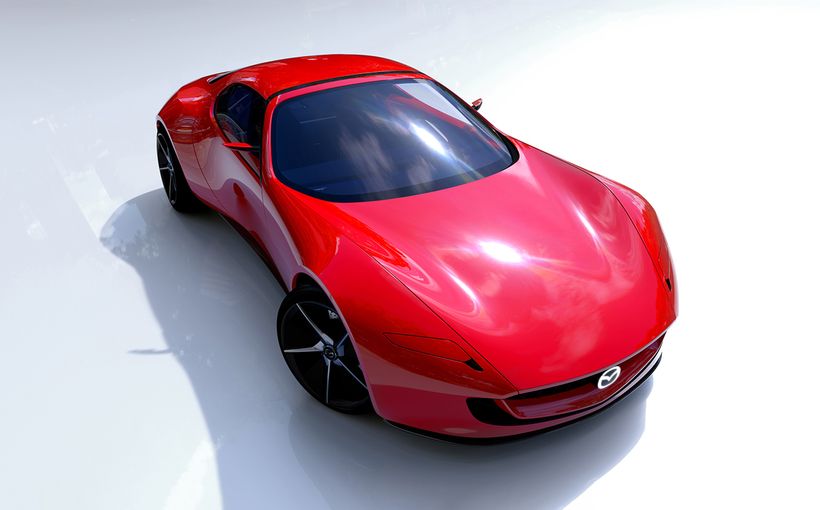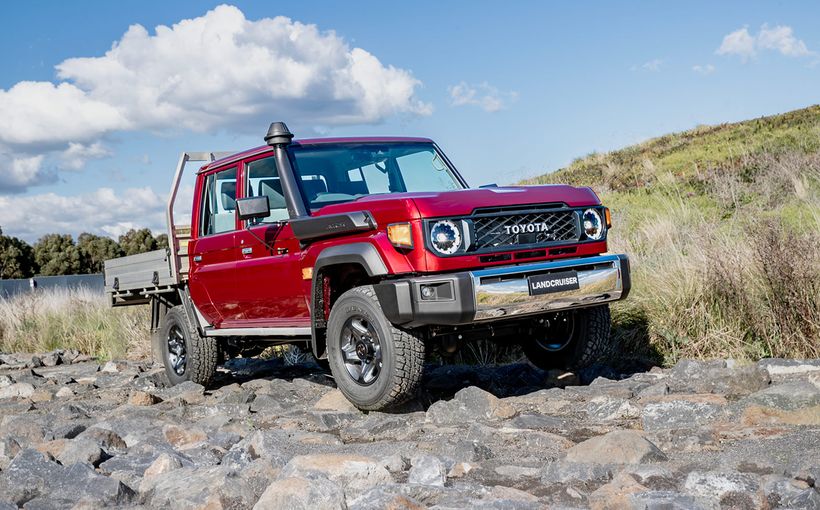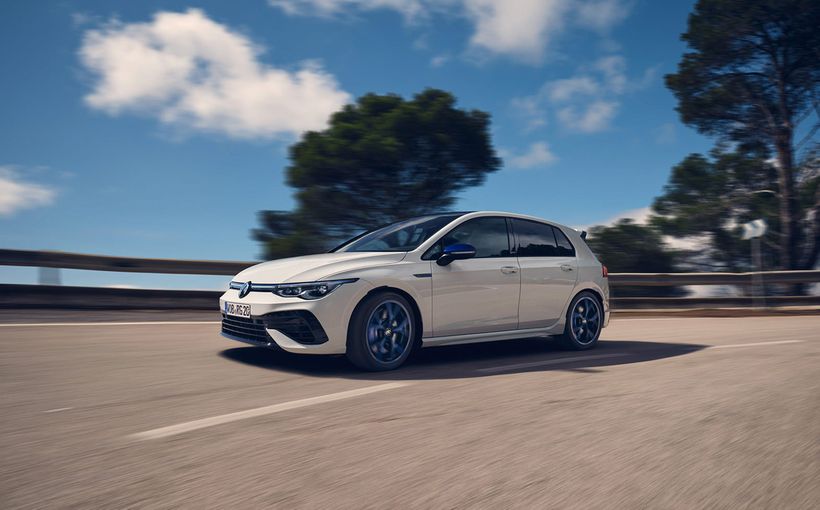THE WAR between Germany’s luxury marques is endlessly fascinating, even down in the nitty gritty baby-car trenches, where BMW’s Mini dukes it out with the increasingly popular Audi A1.
Here’s the latest score between the two sworn enemies. After a slow start nearly four years ago, the Ingolstadt upstart has overtaken the British-branded Bavarian ‘Hatch’ equivalent to sit comfortably ahead in the sales race.
Of course there are caveats here – namely that there has been a major model changeover for the Mini Hatch – from R56 to new-from-the-ground-up F56 – meaning stocks have been low and supply very tight.
BMW reckons once the production taps are opened right up it will once gain assume the role of market leadership and Audi will be hiding under the bed with a bloodied nose.
Oh, and there’s one more thing… for the first time in history, there will be a properly conventional five-door version of the Mini Hatch – the F55. And that’s important to know, because Australians normally love a more-door and abhor a three-door.

Now, while BMW promises it won’t do “an Audi” by dumping the iconic three-door once the longer and more practical version lobs in sometime very late this year or early in 2015, it does admit the newcomer will easily outstrip it in sales.
To be known simply as the ‘5 Door’, the F55 Hatch measures in at 3982mm (a 161mm stretch over the ‘3 Door’), with a 72mm wheelbase extension (to 2567mm) added to aid rear-seat and cargo-area accommodation.
To that end the F55 is also 11mm taller at 1425mm, though width remains the same at 1727mm. The upshot is a 67-litre luggage capacity increase – not much, but every little bit helps in a Mini.

If you’re looking at the 5 Door from head-on you will struggle to separate it from the smaller model, since both cars share the same startled googly eyed look and fishy gaping grille proboscis.
And, elongated rear-body section and new doors aside, the basic rear set-up also carries over, with the F56’s oversized tail-lights also making a return appearance.

Under the bonnet, three of the four engines confirmed for the 5 Door have already been announced in the shorter hatch.
Beginning with the base Cooper, it is powered by a 100kW/220Nm 1.5-litre three-cylinder turbo-petrol engine capable of hitting the 100km/h mark from standstill in 8.2 seconds. Fitted with the standard six-speed manual gearbox, it can also average 4.8L/100km on the European combined cycle.
Next up is the 5 Door Cooper S, with a 141kW/280Nm 2.0-litre four-cylinder turbo-petrol unit that slashes a sizeable 1.4s from the 0-100km/h-sprint time while adding just 0.6L/100km to its fuel bill.

Except for the rear sheetmetal and three-passenger rear seat, the 3 and 5 Door Minis share the same powertrain and chassis.
If striving for even better economy is your thing then there’s two diesels to choose from.
The entry Cooper D is the prince of frugality, thanks to an all-new 85kW/270Nm 1.5-litre three-cylinder turbo diesel that takes 9.5s to the 100km/h marker, but hits back with a stunning 3.6L/100km for the manual and 3.8L/100km if the optional six-speed auto offered across the range is driving the front wheels.
Finally, for the torquiest Mini in history, there is the Cooper SD, employing BMW’s 125kW/360Nm 2.0-litre TwinPower four-pot turbo-diesel for a respectable 7.3s sprint-time to 100 and a 4.1L/100km thirst.
You can be certain that a JCW John Cooper Works special will be added later as the 5 Door range-topper, while an entry-level One might also join the range.

New to Australia but a mainstay in the UK and European Mini ranges since BMW revived the series in 2001, the One in 3 Door Hatch guise uses a new 1.2-litre three-cylinder unit to produce 75kW and 180Nm, for a 9.9s 0-100km/h result 4.9L/100km.
As with past Minis, the F55 scores electrically assisted rack and pinion power steering, MacPherson strut suspension up front and a multi-link rear end.
The dash is identical to the regular hatches in paying visual homage to the 1959 BMC ADO15 original, with an oversized circular fascia motif (containing much of the multimedia systems rather than a large speedometer), joined by toggle switches, a stubby steering wheel and exposed-looking door cards.

To enhance the 5 Door’s appeal, BMW will continue to offer a vast array of personalisation accessories, including LED headlights, daytime running lights, ambient lighting, a sunroof, roof-rails, heated seats, dual-zone air conditioning, bonnet stripes and satellite navigation.
On the safety and security front there are parking sensors, adaptive cruise control, collision and pedestrian warnings with braking function, a reverse camera, a head-up display, high-beam assist and road sign detection options available.

Pricing is yet to be announced, however, it is likely to carry a circa-$1500 premium over the F56 three-door equivalent.
That means you should count on a $28,000 ask for the 5 Door Cooper and the S should scrape in around the $39,000 mark, while the Cooper D and SD should be in the $33,000 to $42,000 region respectively.
The 5 Door will sit between the 3 Door and Countryman crossover, while a six-door Clubman is waiting in the wings to join the ever-expanding Mini range.
Audi, meanwhile, will reveal a facelifted A1 shortly, while both models will face a new rival in the form of the re-born Smart ForFour from Mercedes-Benz, featuring truly unique engineering in the form of a rear-mounted and rear-wheel drive drivetrain.

That should be an interesting three-way tussle to watch, but sadly Australians will be denied the latter, leaving just the Mini and A1 to continue their grudge match.
Which approach do you prefer – the re-imagined British icon or forward looking Audi?
- Byron Mathioudakis goauto.com.au









